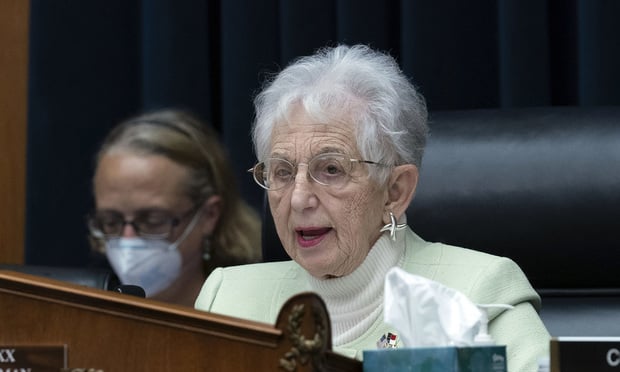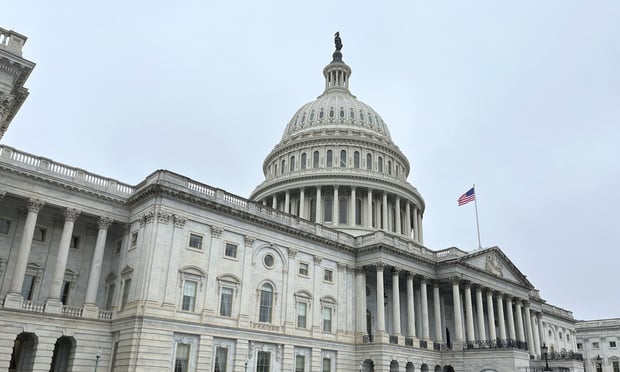It’s not exactly news that career military personnel aren’t happy with a number of the changes to the military’s retirement plan.
But it is news that the more they see, the less they like.
The First Command Financial Behaviors Index found that half of middle-class military families (commissioned officers and senior NCOs in pay grades E-5 and above with household incomes of at least $50,000) are aware of the changes unveiled in February as part of the proposed Defense budget for fiscal 2017.
While the recommendations include some potentially positive changes, the negative ones are clearly of the greatest concern—and 82 percent of survey respondents feel anxious about the proposal.
Back in January, 73 percent of those middle-class military families said they wanted to be grandfathered in under the old system, up from 70 percent last October. The new changes seem likely to increase that percentage.
Those February changes weren’t at all popular, including as they did delays to contributions for younger servicemembers and ending matching contributions for career military after 26 years of service. And then there’s the little matter of personal discount rates, which would effectively lower lump sums way beyond what civilian retirement lump sums would be. The American Academy of Actuaries actually warned the Department of Defense about those rates in April.
But the plan wasn’t a rousing success even before those moves were announced, and now new moves are afoot.
While two of those changes are positive—one extends matching contributions for servicemembers who serve beyond 26 years, while the other increases the cap on government contributions to the Thrift Savings Plan from 5 percent of basic pay to 6 percent—the others? Not so much.
TSP matching contributions are now delayed from the third year of service to the fifth year, and the new system’s mandatory minimum continuation pay for all troops reaching 12 years of service has been removed.
First Command projected that, under those last two provisions, monthly retired pay under the 2017 proposal could fall roughly 5 percent short of that under the 2016 law, but the shortfall could be even larger.
Complete your profile to continue reading and get FREE access to BenefitsPRO, part of your ALM digital membership.
Your access to unlimited BenefitsPRO content isn’t changing.
Once you are an ALM digital member, you’ll receive:
- Breaking benefits news and analysis, on-site and via our newsletters and custom alerts
- Educational webcasts, white papers, and ebooks from industry thought leaders
- Critical converage of the property casualty insurance and financial advisory markets on our other ALM sites, PropertyCasualty360 and ThinkAdvisor
Already have an account? Sign In Now
© 2024 ALM Global, LLC, All Rights Reserved. Request academic re-use from www.copyright.com. All other uses, submit a request to [email protected]. For more information visit Asset & Logo Licensing.








